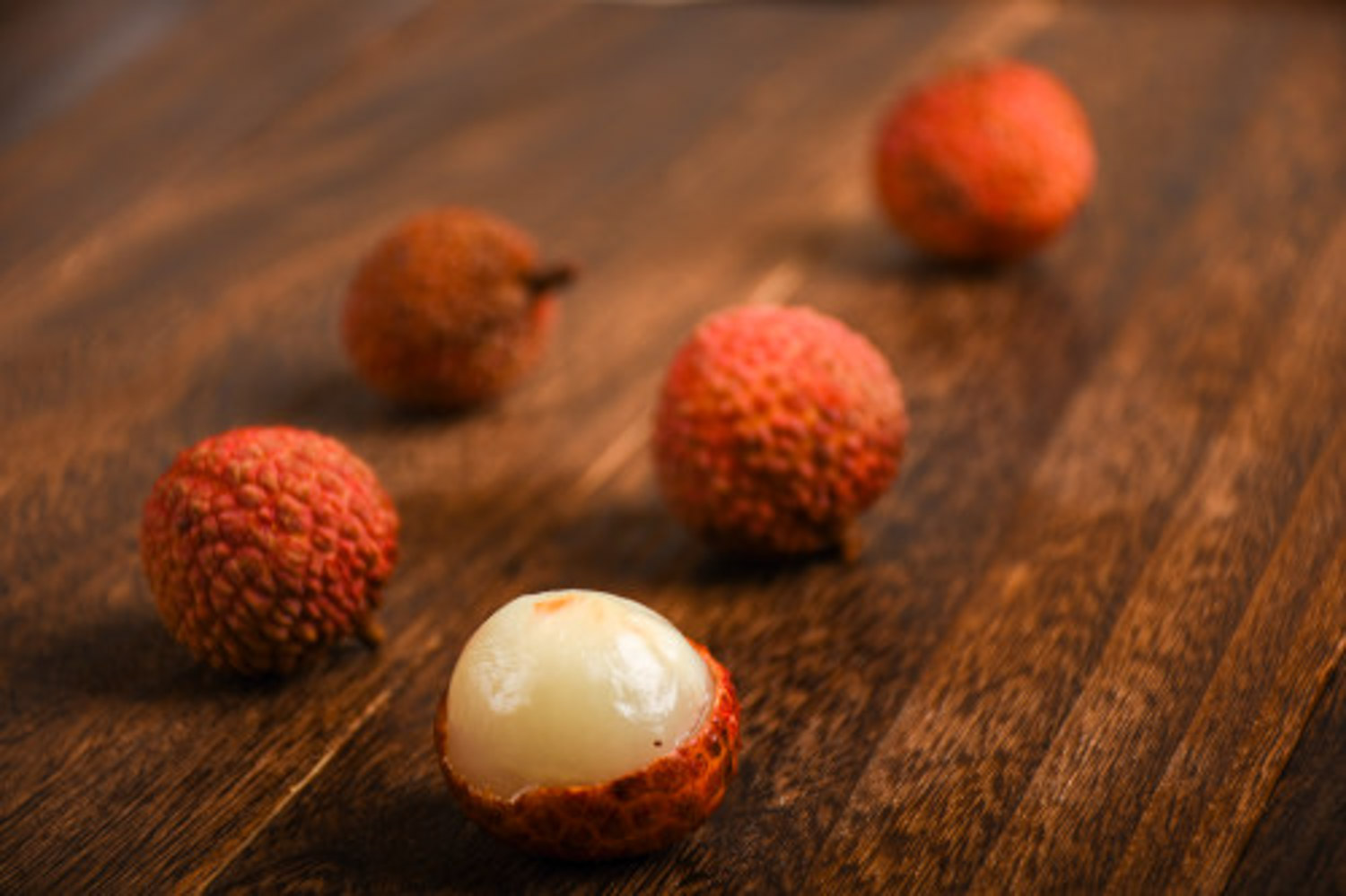1、 Reasonable watering
During the growth of potted litchi, it is suggested to water it in time. It is suggested to water it once a week to help it sprout new shoots. After heading, you can pour more water, but make sure there is no water in the flowerpot, otherwise it is easy to lose fruit. On the contrary, we can't let it grow in a state of water shortage

2、 Sunward growth
During the maintenance period, it is best to place the potted plant in a place with sufficient sunshine. It will grow stronger in a sunny environment. However, the light should not be too strong, because it will accelerate the evaporation of water and affect plant pollination. More sunshine during fruit bearing can make the fruit bigger
3、 Proper topdressing
Usually, proper fertilization is necessary before planting. You can use bean cake water and chicken manure water. The fertilizer must be rotten before it can be used. Proper topdressing can help it bloom better. Note that fertilization must be thin and frequent, and do not apply a large amount of thick fertilizer

4、 Timely pruning
Pruning can be carried out in any season of the year, but it is mainly carried out from March to may in spring, from July to August in summer and from December to February in winter. Proper pruning is conducive to the growth of new branches, mainly cutting off the branches with dense growth, old branches, weak branches and branches damaged by diseases and pests

 jackfruit
jackfruit snake plant
snake plant hibiscus
hibiscus hydrangea
hydrangea lavender
lavender Green roses climb al...
Green roses climb al... If you don't pay att...
If you don't pay att... Management of four g...
Management of four g...
































